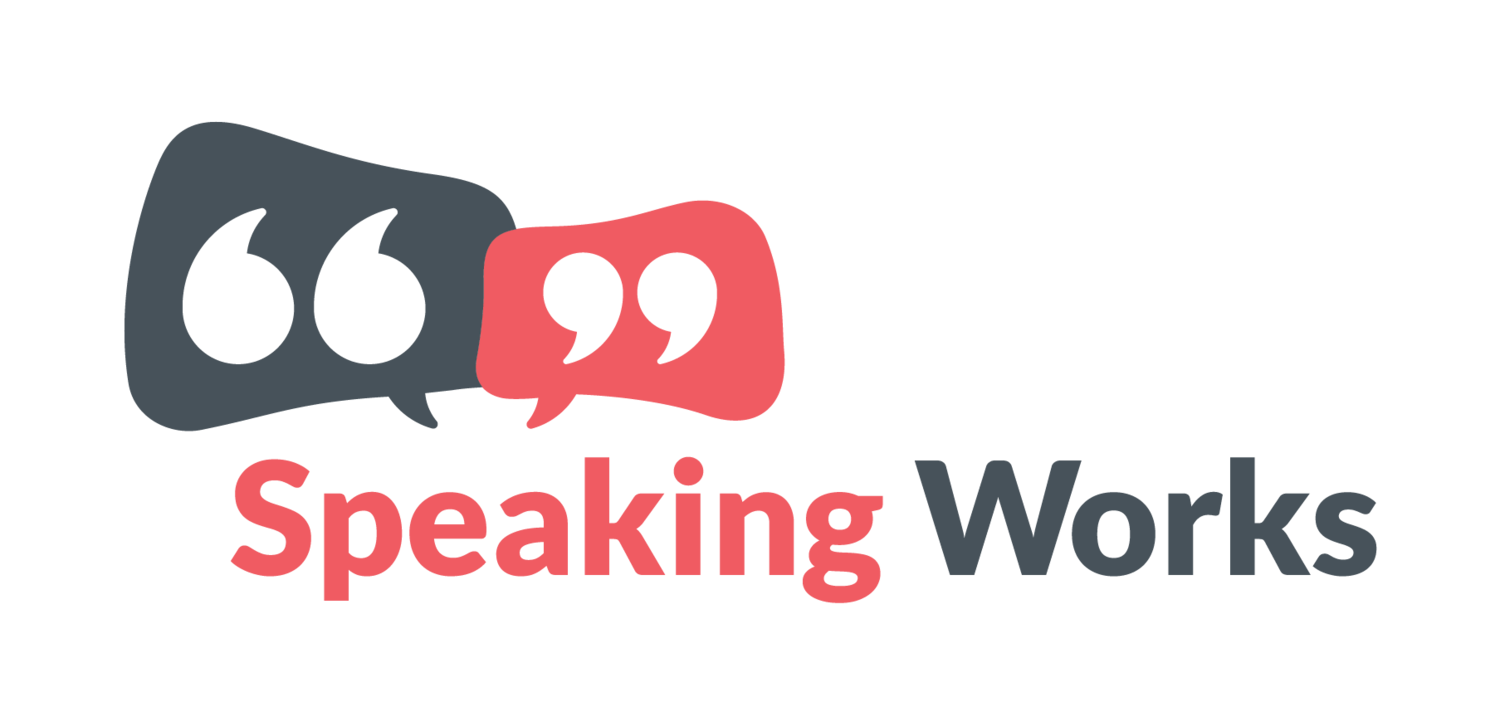Why People Struggle to Connect
Photo by Anja Poehlmann
We need to build confident, authentic communication by understanding how we really come across to others.
Teach your team to understand their communication habits so that they can gain confidence and learn techniques to become clear, engaging, authentic speakers.
In today’s working world—especially across hybrid, cross-functional, and fast-paced environments—strong relationships aren’t just nice to have. They’re essential. They open doors, drive collaboration, fuel innovation, and shape careers.
But here’s the challenge: many people don’t know how they come across to others.
Even those with great intentions—bright ideas, warm personalities, strong work ethics—often struggle to build meaningful connections at work. Not because they lack the ability, but because nerves, imposter syndrome, and outdated habits are shaping the way they speak, often without them realising it.
So when we ask our people to “build better relationships” or “network more strategically,” we’re often missing a vital first step: helping them understand how they are showing up in the first place.
Communication starts with self-awareness
Before you can teach someone how to communicate with confidence and authenticity, they need the language—and the space—to notice their current patterns.
Are they speaking too fast when nervous? Do they default to over-formality to feel in control? Are they holding tension in the voice or body that makes them appear withdrawn, closed-off or uncertain?
These subtle signals have a big impact on how others respond. They can accidentally create barriers to connection and leave even capable, engaged employees feeling misunderstood—or worse, overlooked.
That’s where my work begins.
Helping people see (and shift) their speaking style
My approach combines voice coaching, psychology, and body-based tools to help participants:
Recognise the unspoken habits that may be getting in the way of connection
Understand how nerves, self-doubt, and “professional masks” shape their vocal presence
Learn how to regulate their nervous system so they can speak with ease, not tension
Develop the vocal and physical tools to sound approachable, credible, and human—without sacrificing authenticity
From there, we build practical strategies to help them connect with others in ways that feel natural and sustainable—even for those who shy away from traditional networking.
Working on these skills helps people show up more fully as themselves—more confident, more connected, and more compelling.
Why this matters for L&D and People leaders
You already know that confident communication underpins everything: leadership, teamwork, cross-functional projects, client relationships, and career growth.
But without helping people understand how they come across, any training on communication, influence or networking risks staying surface-level. We end up giving people tools without the insight to use them effectively.
By helping your people become aware of their speaking habits—and giving them the skills to shift them—you unlock a deeper, more lasting transformation. One that empowers them to build meaningful relationships across all areas of the business, regardless of personality, seniority, or role.
Let’s work together
If you’re planning a learning festival, designing a leadership development programme, or looking for high-impact communication training, I’d love to help.
Together, we can equip your people not just to talk about building relationships—but to actually live it in how they speak, connect, and lead.

